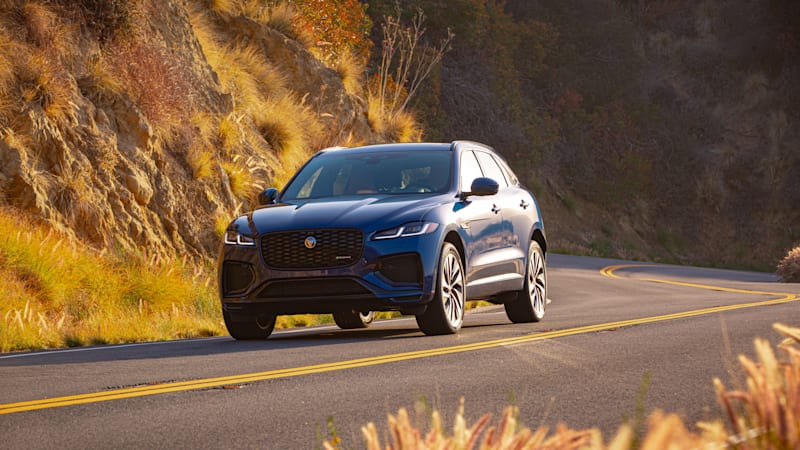As one of Jaguar’s best-selling models, the F-Pace acts as an unofficial ambassador for the brand’s entire line-up. The rather dramatic 2021 makeover coincides with an attempt by Jaguar (and sister brand Land Rover) to significantly overhaul its product offering in an effort to adapt to changing customer tastes. Consequently, the list of updates to the F-Pace for 2021 reads like what you’d expect from a full redesign, rather than just mid-cycle.
To give you an idea of how dramatically Jaguar is streamlining its offering, consider the following: In 2020, Jaguar sold 12 variants of the F-Pace. From ’21 that drops to five: P250, P250 S, P340 S, P400 R-Dynamic S and the topper SVR. We’re saying the 2021 model year, but thanks to COVID and the ensuing supply disruptions, the timelines went a bit shaky. In just a few weeks, Jaguar will have 2022 models in showrooms.
With the exception of the SVR, every model in the F-Pace series is named after its rated horsepower (in PS, because British). P250 models come with a turbocharged four-cylinder that delivers 246 horsepower and 269 pound-feet of torque. The P340 and P400 R-Dynamic S use Jaguar Land Rover’s new 3.0-liter, 48V mild hybrid inline-six. The P340 offers 335 horsepower and 354 lb-ft, while the P400 R-Dynamic S delivers 395 horsepower and 406 lb-ft of torque. The SVR gets a supercharged 5.0-liter V8 with 550 horses and 514 lb-ft. All engines are mated to an eight-speed ZF automatic transmission and pre-tensioned four-wheel drive at the rear. Unlike Jaguar’s sedans and coupes, the crossovers are not offered in RWD form.
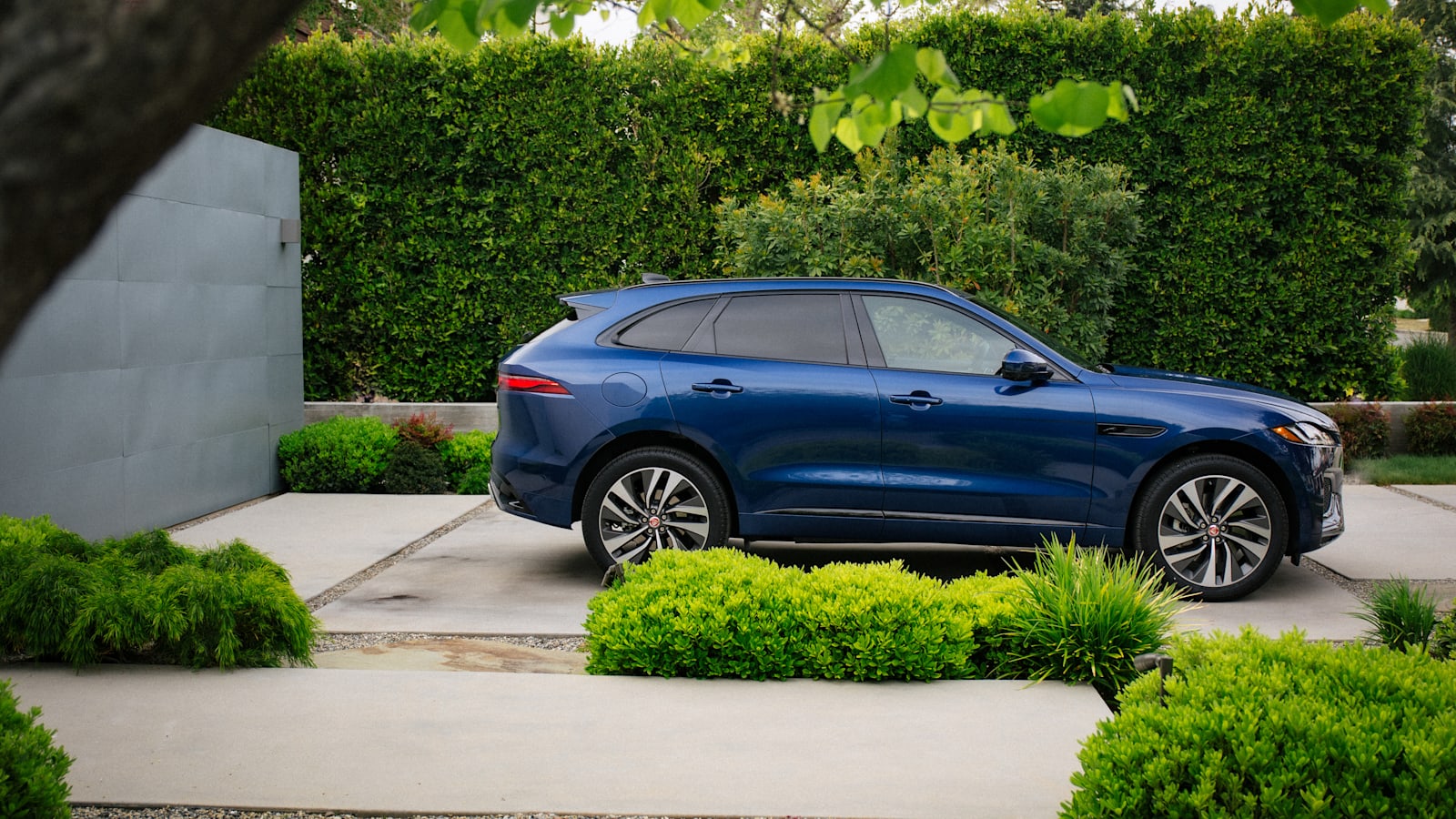
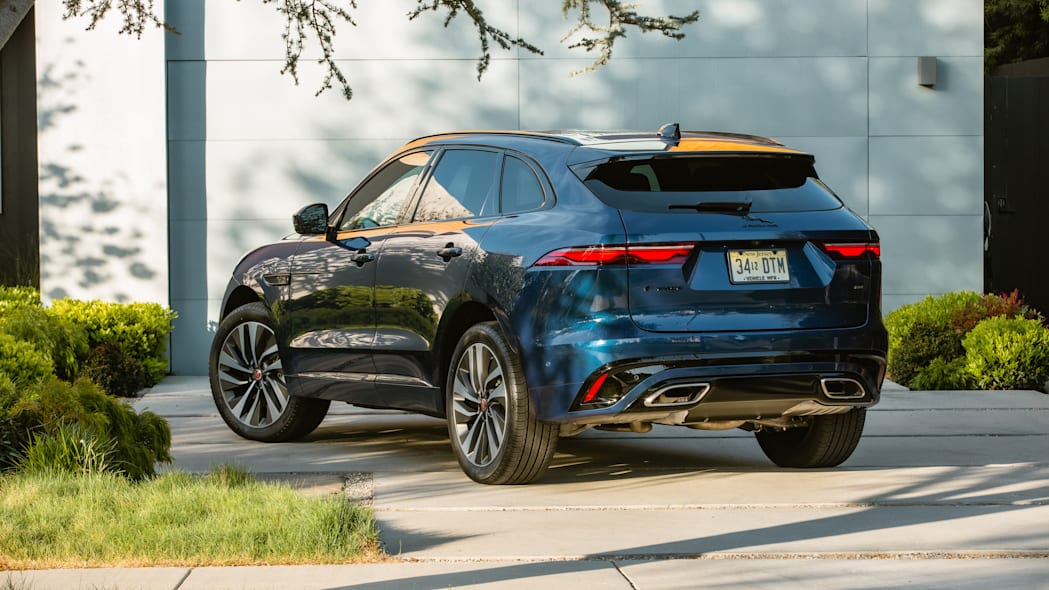
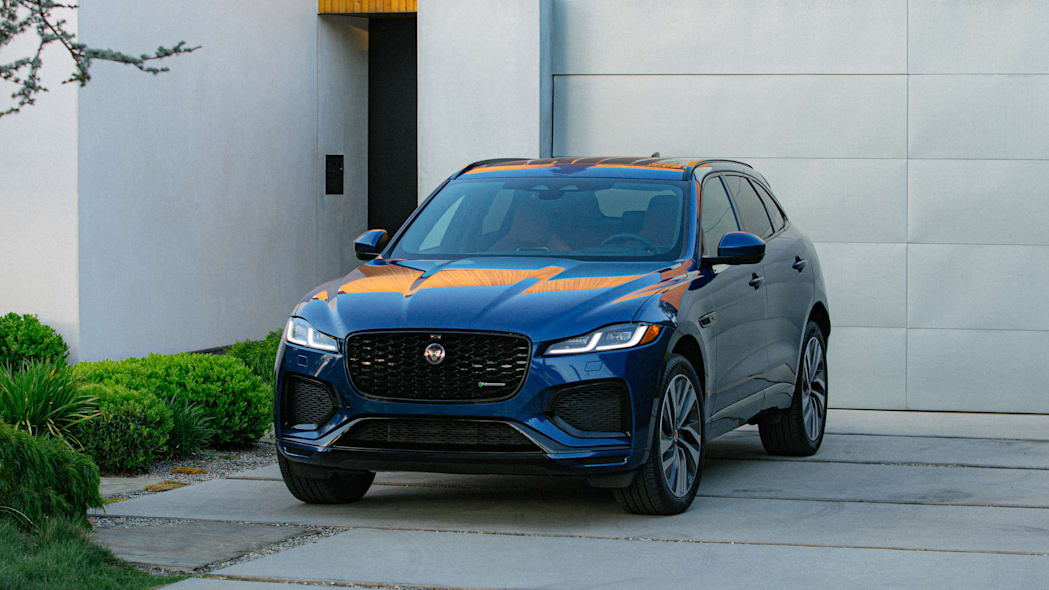
While the F-Pace received a handful of styling tweaks for 2021, the most notable changes are inside. Just about everything in the cabin is new or updated, from the dashboard to the center console and even the steering wheel. The new design is more angular, with horizontal lines replacing some of the sweeping curves in the 2020 edition. At the heart of all this is JLR’s updated Pivi Pro infotainment system, which is much nicer, smoother and easier to use than the system it replaces. Speaking of replacements, Jaguar tossed the F-Pace’s shifter in favor of a more conventional gearshift – a welcome reversal, and one that’s happening across the JLR portfolio.
Elsewhere, the interior looks clean, crisp and luxurious, but we wouldn’t call it characteristic. Jaguar says its designers are aiming for British idiosyncrasies, but despite some details, such as the upholstery that matches the texture of the Pivi Pro control buttons, the hidden drive mode selector and the embossed ‘Leaper’ on the headrests, there isn’t much here that says “This is a Jaguar” as the opulence of the interior of the GLC says “Mercedes-Benz” or the XC60 exudes spartan Swedishness “Volvo.” We’d put it on par with BMW in terms of both design and material choices – nice, sure, but not a knockout.
Jaguar put us in a P400 R-Dynamic S in “Bluefire” (just like the one seen in the gallery here) for our test loop, which spanned about 40 miles in the suburbs of Northern Detroit. We left with a good old-fashioned printed route guide, which gave us more freedom to play with Pivi Pro than we would have gotten with programmed waypoints.
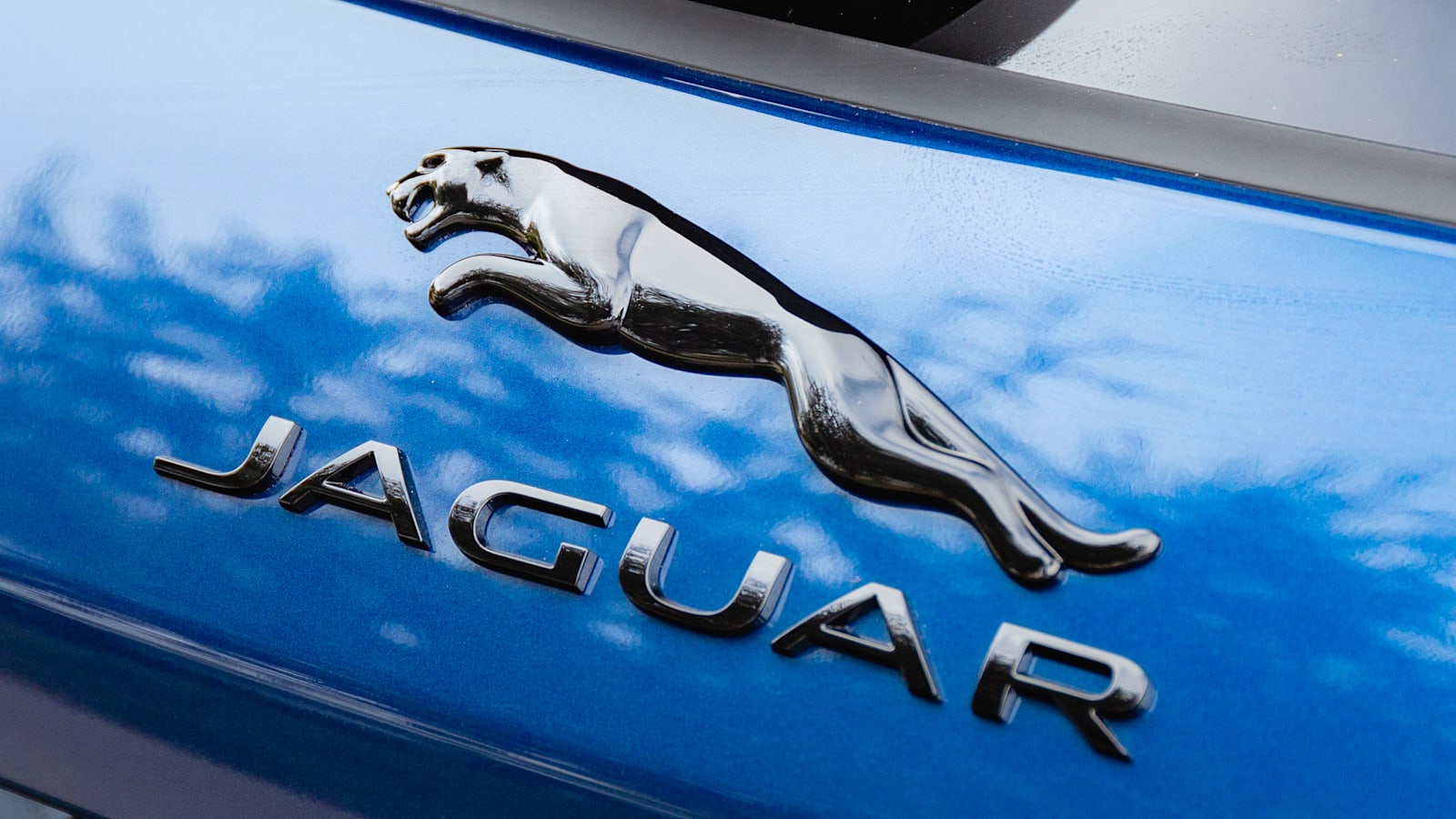
While still not iPad-sharp in its responsiveness, the new system leaps and bounds better than what JLR offered in its previous-generation cars. The menus are attractive and easy to navigate, and you don’t have to dig deep into submenus to adjust frequently used functions. We also like the flexibility of the navigation system’s map view, which holds your zoom choices and map orientation when inactive, unlike other systems that often revert to the app’s default settings after a short period of inactivity.
Pivi Pro still doesn’t offer wireless Android Auto or Apple CarPlay, but it is compatible with both wired suites. Wireless charging of devices is also available and the system is set up for wireless software updates over mobile or Wi-Fi networks (the latter is preferred).
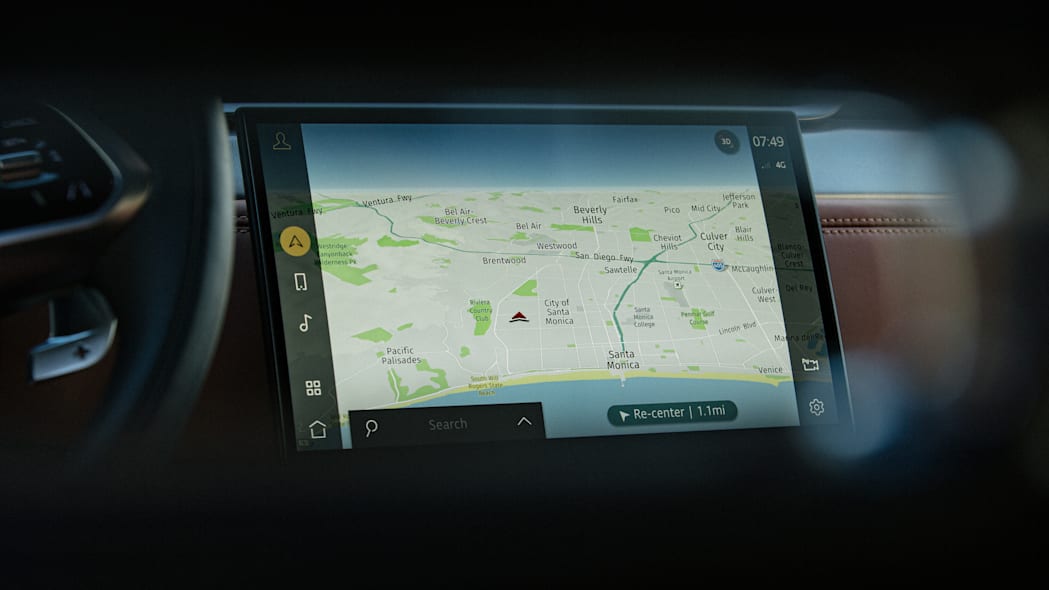
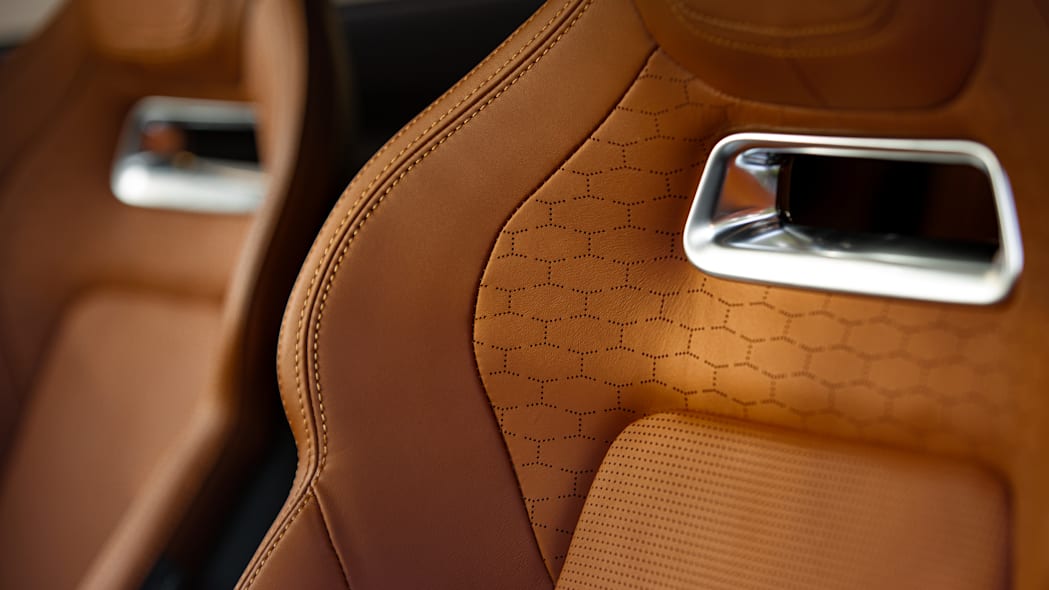
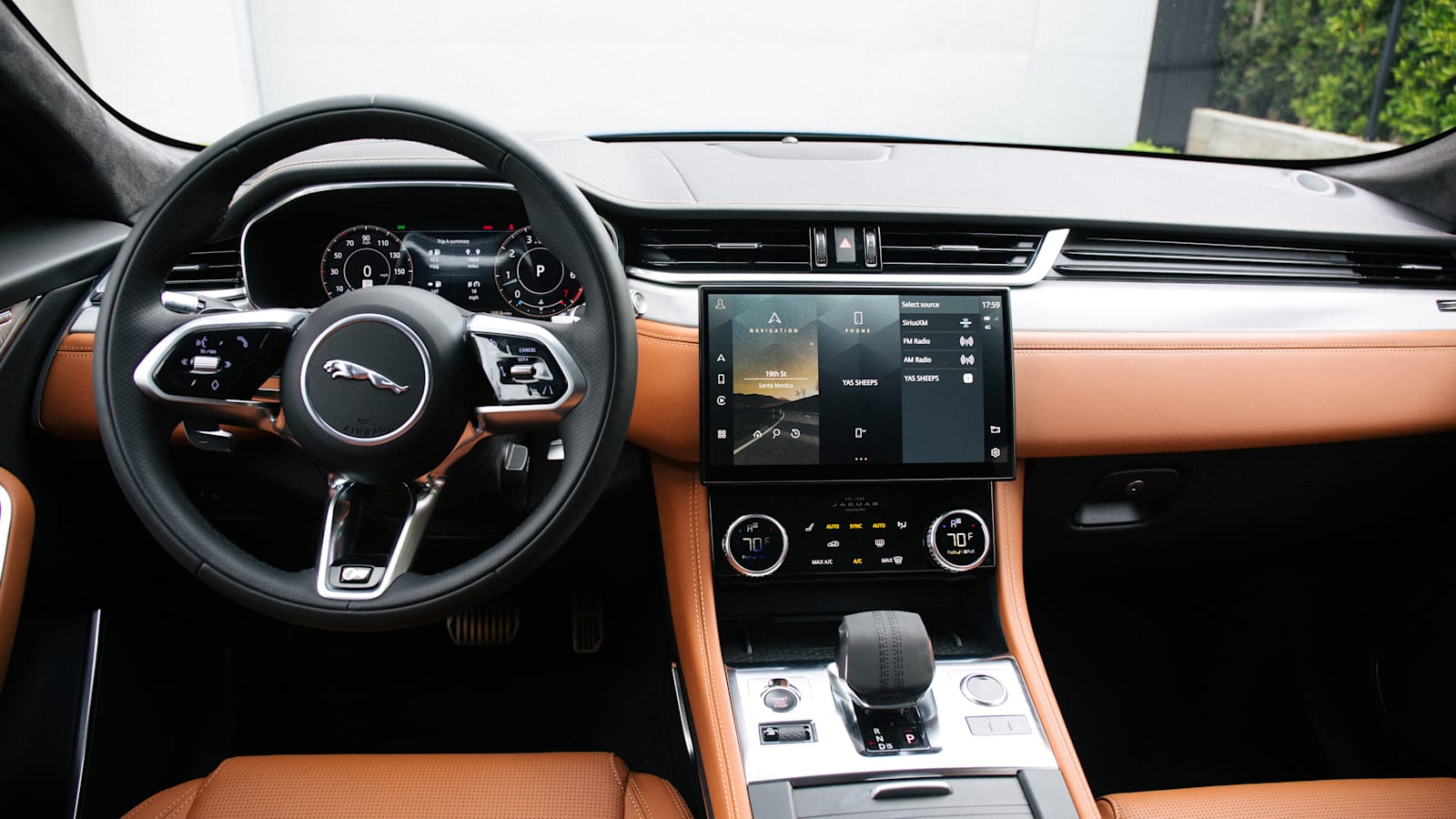
Jaguar’s new 3.0-liter straight-six is also a winner. Sure, 400 horsepower is 400 horsepower, but we were impressed by the P400’s snappy acceleration and instant response. With the driving mode switched to “Dynamic”, it is quite aggressive with the throttle, even with mild inputs. Those who prefer their crossovers to behave as tuned to the ‘Ring will really like this configuration. It’s a bit much for normal driving, but not obnoxious or unmanageable. Turning it back to “Comfort” or “Eco” smooths out the rougher edges of the R-Dynamic.
At $ 82,245 as tested (up from $ 66,350 without options), this P400 R-Dynamic is certainly on the pricey side, especially since it’s not the top-of-the-line SVR. A BMW X3 M40i starts around $ 10,000 cheaper with comparable performance data and prices are more favorable to boot, but we’d say it lacks the visual pizzaz of Jaguar’s crossover. The Mercedes-AMG GLC43 splits the two at $ 60,950 before options, but can get Jaguar-pricey if you tick boxes aggressively.
Like everyone else, Jaguar is betting big on crossovers and SUVs, and the streamlined F-Pace line-up will serve as one of the main anchors of that strategy. It is a competent, comfortable luxury crossover offered in variants that will appeal to almost every buyer. We say “pretty much” because there is no plug-in hybrid yet (see: BMW X3 xDrive30e), but as Jaguar demonstrated with the launch of the I-Pace, electrification is certainly on the table. Jaguar’s 2021 updates are welcome (necessary even when it comes to technology) and should keep it relevant until the inevitable redesign in a few years.
